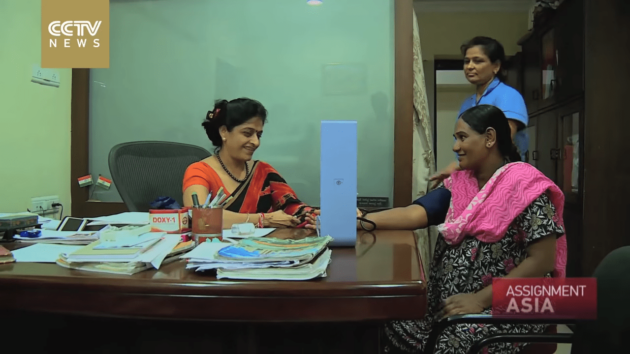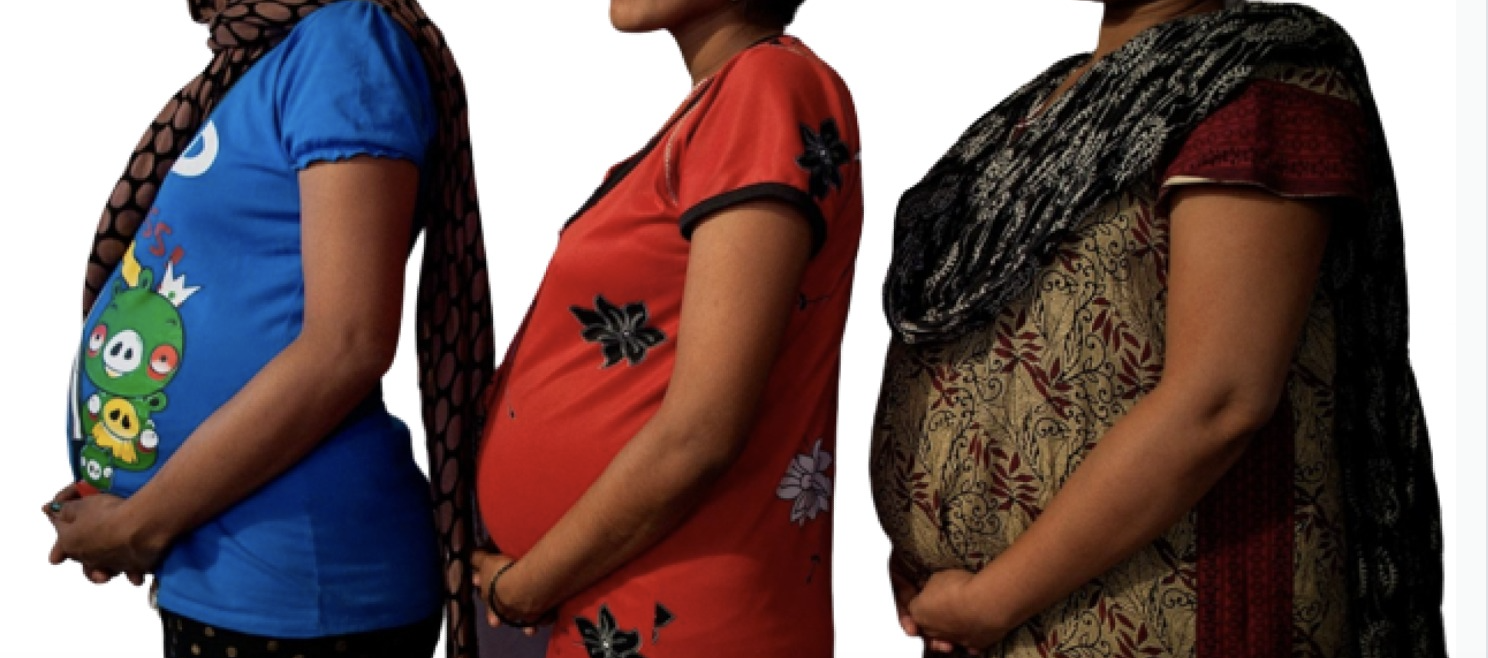Pinki Virani
mercatornet.com
Pinki Virani is a writer, journalist, and human rights activist. She is the author of five books. She was India’s first woman editor of an evening newspaper.

Last month the Government of India promulgated two important laws which were many years in the making about surrogacy and assisted reproductive technology (ART). In doing so, India has taken a long-awaited stand against commercial surrogacy and the sale of sperm and eggs. Below are excerpts from an interview with Pinki Virani, an award-winning author-activist who divides her time between Canada and India. Her research in her book Politics of the Womb: The Perils of IVF & Surrogacy, contributed to the framing of these laws.
You have emerged as a global voice against commercial surrogacy while working to have this exploitation stopped in India. How do you explain the big turn-around, considering it’s the same country which opened its doors to an international surrogacy market two decades back?
Pinki Virani: The answer lies in the word “market”; it became a female-body and baby bazaar. The evidence for this became so damning that no one in government – the bureaucrats, the ministers, the Prime Minister, the opposition, the members of Parliament, I thank them all – couldn’t avoid seeing the crimes being committed on women in the name of innocent babies.
It takes guts to course-correct, but the government of India has stood by, on this issue at least, for women and the greater good. Maybe it’s time for global leaders, especially Western ones, to follow India’s lead. It’s definitely time for the World Health Organization to call for a worldwide ban on commercial surrogacy.
Give us a snapshot of the new laws, please.
Their official titles are Surrogacy (Regulation) Act, Assisted Reproductive Technology (Regulation) Act. They are available online for those wanting the details; please make sure to read the ones which have “2021” in the title as there are earlier bills with the same title. Both Acts bring in regulation where none had previously existed.
The Surrogacy Act:
- Bans commercial surrogacy.
- Penalises anyone – doctor, agent, clinic, husband, etc — attempting to source a woman for it.
- Respects the birth-mother by referring to her as the surrogate-mother; there has been an appalling erosion of language by misogynists who minimise motherhood by insisting on using capitalistic terminology like “gestational”.
- Permits altruistic surrogacy only once by a woman who has already had her own biological child, who will not use her own egg, in the age-appropriate band of 25 to 35 years so that her body can heal better. This is vital due to how surrogacy is really forced to work – the shock to the reproductive system when sending it chemically into a mini-menopause so that the uterus doesn’t reject the lab-made embryo when inserted, then the gumming of the embryo into place to fake the body into thinking its pregnant, then the pregnancy itself if one of the several rounds of embryo insertion has worked (which has its own health complications because of other artificial-reproduction procedures), then the mostly pre-term birth and inevitable caesarean, the post-partum depression, and more.
- Provides for all medical care and insurance which last beyond the baby’s birth, as other complications to the surrogate-mother’s health, including cancer and death, are also now known.
And the ART Act?
I think India could have done better on this one but it still stacks up well with – and in two places excels – global laws.
- When artificial/assisted human reproduction ventures into third party reproduction –be it surrogacy or sperm-egg sales — and the fertility-industry encourages its use for bigger profits, it also becomes a bioethical minefield. India’s ART Act acknowledges and accounts for this aspect too.
- The hypocrisy – especially by the fertility industry– of calling it “donation” when it is outright sales is done away with; sales are banned. So now, no one will get to exploit young girls into hyper-ovulation of their eggs, thereby either killing her (there have been cases) or resultantly rendering her infertile (this is known to happen).
The face of commercial surrogacy in India, Dr Nayana Patel, says that surrogacy is not an industry. Your comment?
I think the worst thing to happen to Dr Nayana Patel was appearing on Oprah Winfrey’s commercial surrogacy show. As for Oprah encouraging white Americans to exploit Indian women, well, celebrities aren’t exactly torch-bearers of woman-and-child rights, are they?
Care to elaborate?
The latest in a long line of celebrities who rah-rah women’s rights in public but practise differently in their own personal lives are actor Priyanka Chopra-Jonas and singer Nick Jonas. Her, to be expected as Bollywood isn’t known to not practise patriarchy in brutalized manners, be it actor Aamir Khan or director Karan Johar.
But Nick Jonas, now that’s a disappointment especially given his upbringing and background. Another disappointment — a big one because he had access to the research and the intelligence to understand what commercial surrogacy plus egg-extraction does to women — is CNN journalist Anderson Cooper.
Celebrities are normalising commercial surrogacy for regular folks, would you say?
Here’s what they are also doing. They are commodifying children, beginning with their own. They are further enabling the ruthlessness of the fertility industry on women’s bodies. And — this is the supreme irony — they are causing the resultant reduction of motherhood. In the women, when their “take-home baby” is a surrogate-mother’s birth-child. In the men, when they take-home the baby but not the birth-mother nor the genetic-mother.
Does the government of India have the will to enforce these new laws?
Time will tell. On this enforcement rests the future of the very same.

